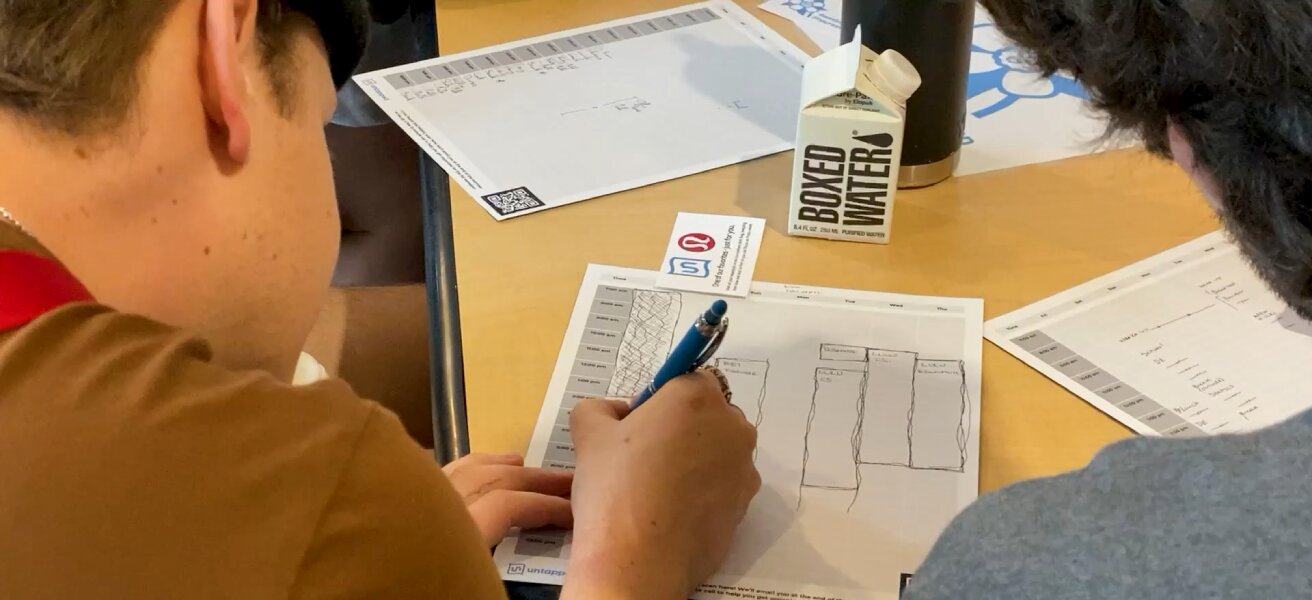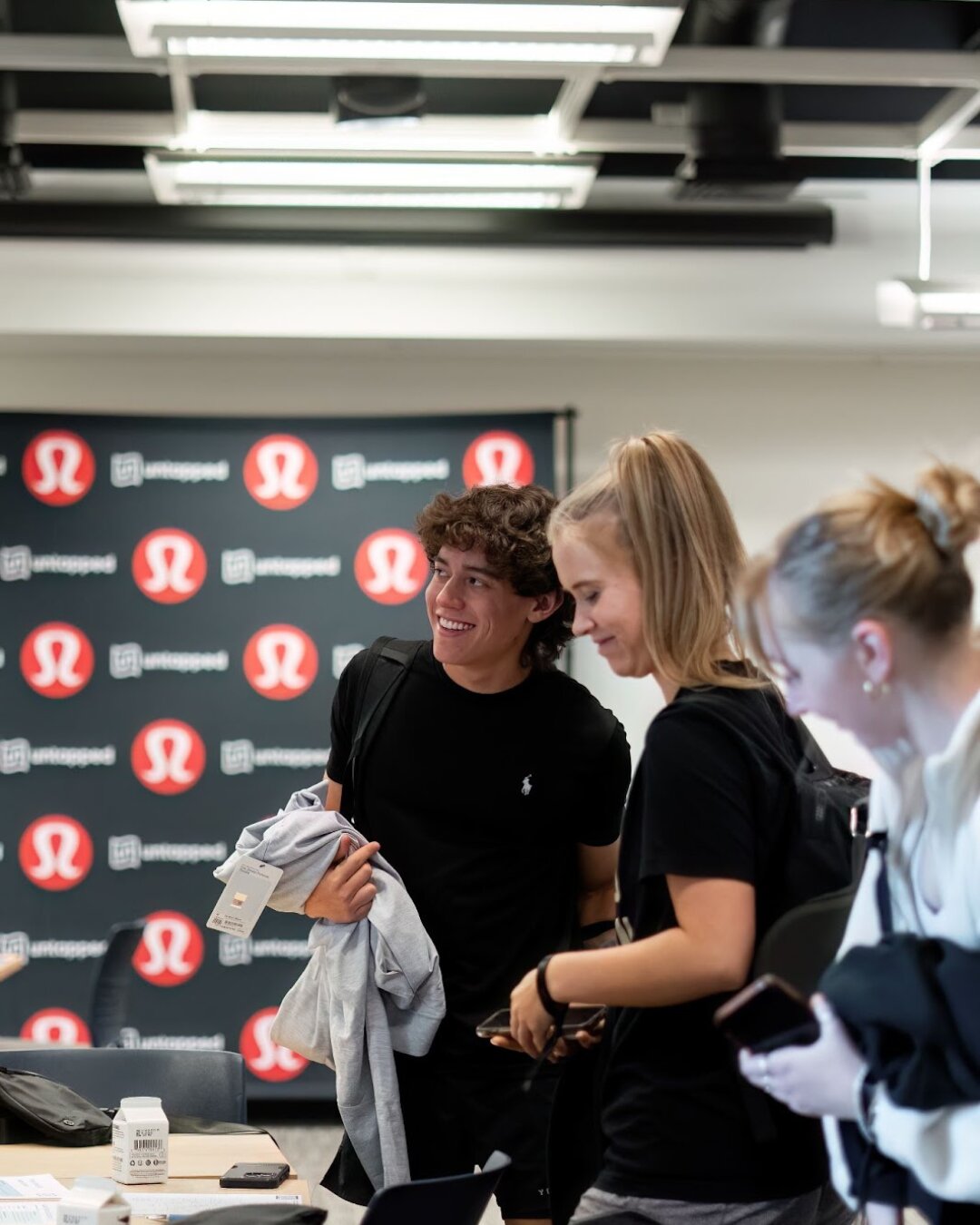It’s 8 PM, and 14-year-old Alex is sprawled on his bed, textbooks scattered around, one hand holding his phone as he scrolls through social media. His mom, Sarah, stands in the doorway, exasperated. “Homework done?” she asks. Alex barely looks up. “Almost,” he says, clearly distracted.
For many parents, this is a frustrating nightly routine. The importance of a productive learning space cannot be overstated for student success and a parent’s sanity. Let’s look at the research behind a productive study space that improves focus and reduces family tension.
The Impact of Distractions
Many study spaces consist of student constantly checking their phone, bombarded by notifications, or distracted by the television in the background. This environment can lead to:
- Lower Grades: Distractions make it harder to absorb and retain information, leading to lower test scores and overall academic performance.
- Increased Stress: Feeling overwhelmed and unable to focus can cause anxiety and frustration, negatively impacting your child’s well-being.
- Reduced Memory: The brain can’t properly process information when it’s constantly being pulled in different directions.
Crafting the Ideal Study Space
Now that we understand why a dedicated study space is needed, let’s explore the research on how to create one that works for your child. Remember, there’s no one-size-fits-all solution – the key is to tailor the environment to your child’s unique needs and preferences.
- Finding the Perfect Spot:
The Challenge: Every student is different. Some focus in quiet solitude, while others need a bit of buzz around them.
The Solution: Experiment with different locations and find a spot that works best for your child. Once you find one that works, use this daily until a focus habit is built.
Consider:
- Dedicated Desk: This could be in their bedroom, a corner of the living room, or even a repurposed closet turned into a cozy study nook. Remember to use it for productivity and productivity only.
- A Quiet Corner: A quiet corner in the basement, a den, or a library could be a peaceful escape for focused work.
Tip: Consistency is key. Once you find the right spot, help your child make it their designated study area. This mental association will help them transition into a focused mindset.
- Removing the Clutter:
The Challenge: A chaotic environment can be overwhelming and hinder focus. Lost assignments, piles of papers, and disorganized supplies can add to the stress.
The Solution:
- Invest in Organization: Desk organizers, file folders, and labeled containers are your allies in the battle against clutter.
- Daily Clean-up: Five minutes at the end of each study session can make a big difference.
- Keeping it Simple: Encourage your child to keep only essential items on their desk during study time.
Tip: Let your child personalize their workspace. This not only adds a touch of fun but also increases their ownership and motivation to keep it tidy.
- Mastering Technology:
The Challenge: The allure of checking your cell phone is strong, and it can be a huge distraction for students.

The Solution:
- Tech-Free Zone: Establish a “phone-free” study time. This doesn’t mean banning technology altogether – just setting boundaries during dedicated study hours.
- Out of Sight, Out of Mind: Keep phones and tablets out of sight, preferably outside the study area. Even having them in the room can lead to lower grades.
- Separate Accounts: Consider separate user accounts on computers for schoolwork and leisure activities.
- Website Blockers: There are apps and browser extensions that block distracting websites for a set period of time.
Tip: Lead by example. If you’re working on your own projects or tasks, show your child how you manage your technology use to stay focused. This sends a powerful message and creates a shared sense of responsibility.
- Light the Space:
The Challenge: Poor lighting can strain eyes, cause headaches, and make it harder to concentrate.
The Solution:
- Embrace Natural Light: Position the study area near a window whenever possible. Natural light has been shown to increase attention and memory.
- Invest in Good Lighting: A quality desk lamp with adjustable brightness and color temperature is a must.
- Warm Lighting at Night: Use a dimmer, warmer light for evening study sessions to avoid disrupting sleep patterns.
Tip: Natural light is your best friend. It provides excellent illumination and helps regulate your child’s natural sleep-wake cycle, improving their focus and overall well-being.
- Avoiding the Danger Zones:
The Challenge: Certain places are notorious for distracting students (and they always want to study there).
The Solution:
- No Studying in Bed: Our brains associate beds with sleep. Studying in bed can lead to poor posture, drowsiness, and difficulty falling asleep later.
- The Couch is for Relaxing: Couches are often in high-traffic areas, making them susceptible to interruptions. They can also be too comfortable for focused work.
- Turn Off the TV: Even as “background noise,” TV significantly reduces information retention.
Tip: If your child insists on some background noise, suggest instrumental music or nature sounds instead of TV or distracting music with lyrics.
A Real-Life Transformation: Alex’s Story
Remember Alex, the 14-year-old who was struggling to focus? After implementing these strategies, Alex and his mom created a dedicated study corner in his room. They cleared out a small desk, added good lighting, and organized his supplies. They also established a “phone parking spot” outside his room during study hours.
His ability to focus during study sessions increased, and he found himself completing homework more efficiently. This led to fewer family conflicts and increased free time.
Key Takeaways
- Focus and Organization Start with the Environment: A well-designed study space can dramatically impact your child’s focus and academic performance.
- Personalize: The ideal study space suits your child’s unique needs and preferences.
- Mastering Technology for More Freetime: Managing technology use during study time is needed for maintaining focus and efficiency.
- Avoid the Danger Zones: Beds, couches, and the TV are distractions in disguise.
- Consistency is Key: The more your child uses their designated study space, the stronger their good study habits will become.
Creating an effective study space is a powerful step towards helping your child achieve academic success and reduce stress around schoolwork. It’s about more than just getting good grades – it’s about empowering your child to develop lifelong learning habits.
Need help implementing these strategies or want personalized advice for your child? Contact Untapped Learning today.
For More:





